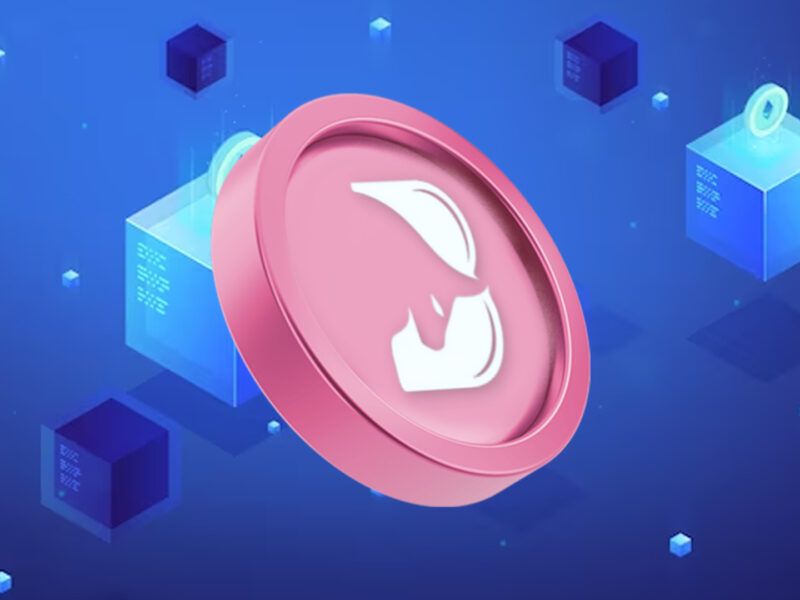Bitindi Chain is a decentralized, highly scalable, and energy-saving layer 1 public blockchain. Its creators created Bitindi blockchain for developers and users alike. While users can enjoy low transaction fees and high performance, developers can take advantage of the compatibility of the smart contract. The chain also supports cross-chain functionality enabling seamless communication between different chains.
The chain is based on the Proof-of-Stake mechanism allowing the chain to work in an efficient manner eliminating computational waste. The endogenous token of the Bitindi chain is $BNI. Since its mainnet launch in December 2022, the chain aims to accelerate work on its broader goals and attract developers and users to leverage its blockchain solution. Also, the chain hosts numerous deFi projects.
Pros of Using Bitindi Blockchain as Users
- On Bitindi Chain, users can facilitate transactions faster due to the POS consensus mechanism.
- The fees charged by the chain are also less due to high compatibility with smart contracts.
- Users can seamlessly function cross-chain as it provides higher compatibility in transferring digital assets across multiple chains.
Pros of Using Bitindi Blockchain as a Developer
- The chain allows developers to make dApps supported on Ethereum and other chains.
- As it supports the programmability of EVM, it reduces the development or migration.
Current Status of Bitindi Chain
- In December 2022, the Bitindi Chain officially launched its “Tinder” phase, improving the on-chain infrastructure.
- Further, it will launch the “Spark” phase in Quarter 2 of 2023. In this, the focus will be on optimizing the protocol. Also, Bitindi will take on the mission of connecting CeFi and DeFi.
- In Quarter 4 of 2023, the company will launch the “Flame” phase enabling Layer2 technology in the protocol. It will also enhance Cross-Chain interoperability.
- It also has plans for 2024. The company will launch the “Blaze” phase, authorizing the Landing of large-scale commercial applications.
Bitindi Chain V/s Ethereum 2.0 V/s Solana
Based on Block and Finalization Time
- Block and Finalization time represents transaction speeds. The faster blocks are generated, the fewer time users have to wait for smart contract execution or money transfers.
- Bitindi’s Block Time – 3 sec
- Ethereum’s Block Time- 12 sec.
- Solana Block Time – 1 sec.
- Bitindi’s Block Finalization time – Under 6 sec.
- Etherum’s Block Finalization time- 10-15 min.
- Solana’s Block Finalization time – 6.4 sec.
Based on Performance
- Performance indicates the blockchain’s capability of processing smart contracts at scale.
- Bitindi is a turing-complete and high-performance blockchain.
- Ethereum 2.0 has turing-complete EVM only on the Beacon chain with a network limit of 15 transactions per second.
- Solana is also turing-complete but it performs well only with simple transactions.
Based on Scalability (Sharding Support)
- Scalability means how many users can connect and use the platform simultaneously.
- Bitindi supports up to 232 service chains.
- Ethereum 2.0 can support up to 64 shard chains
- Solana did not support shard chains.
Conclusion
The Bitindi chain has disrupted the blockchain system. While providing lower transaction fees, and highly compatible smart contracts, it also offers cross-chain functionality seamlessly. The chain is consistently working on launching new DeFi products. DeFi is the future of finance and has attracted massive interest in digital assets.
